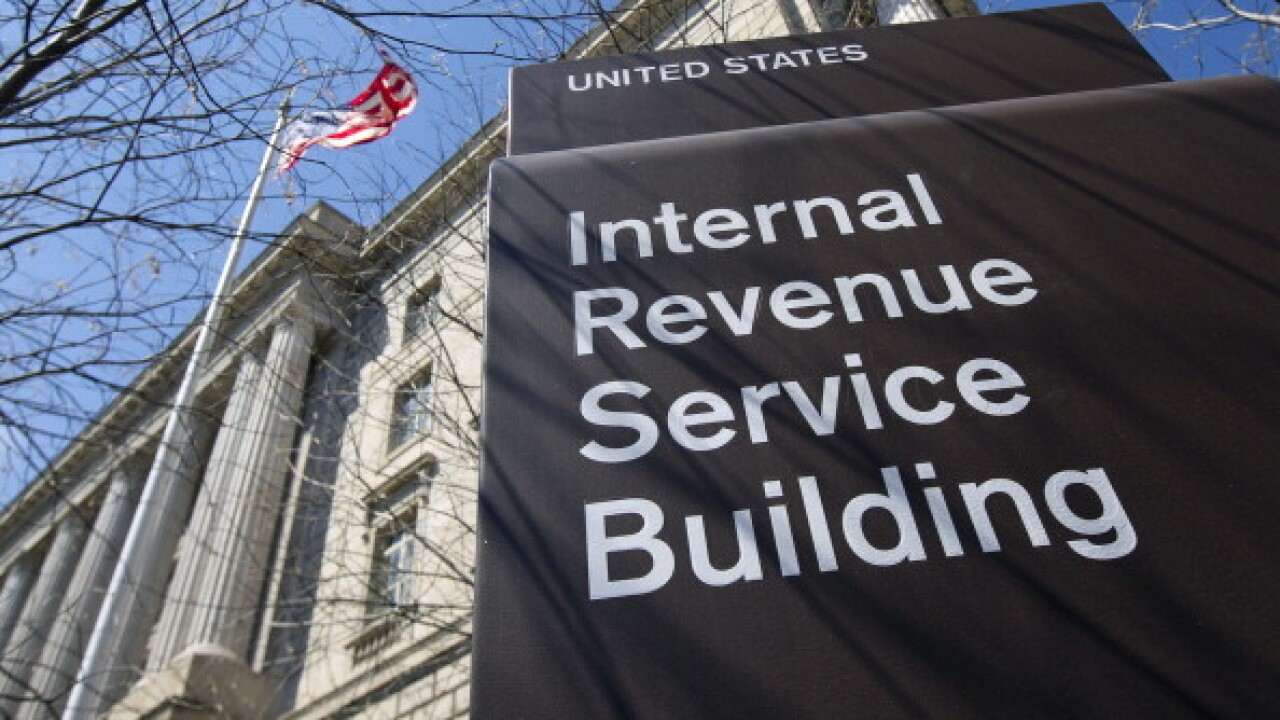Someone far more experienced in the art of negotiation once told me that if you go into a meeting asking for 10 concessions, be prepared to receive about half of them. I once employed a similar strategy with my parents - with less-than-stellar results.I proposed that if I kept my room clean and did my own laundry for six months, they would subsidize a trip to Los Angeles to visit my cousins. My father promptly made a counteroffer: If I kept helping out around the house, I could continue living there for free.
Smaller public companies apparently made out far better than I did - only in lieu of an all-expense-paid trip to the City of Angels, they received an easing of Sarbanes-Oxley compliance.
After granting smaller filers a total of four delays in complying with SOX's Section 404 since the act was signed into law in 2002, the Securities and Exchange Commission recently unanimously approved more flexible guidance designed to help public filers - particularly the smaller ones - balance their internal controls over financial reporting, while simultaneously slashing costs.
According to SEC chair Christopher Cox, the guidance is intended to "right-size" the evaluation and assessment efforts, although he assumed a neutral posture with regard to company size, saying that the guidelines would help companies of all sizes.
Curiously, SEC chief accountant Conrad Hewitt remarked that the guidance should allow companies to focus on "risk and materiality." I sort of thought that's what they always focused on.
Exactly one day after the SEC's announcement, the Public Company Accounting Oversight Board voted to adopt Auditing Standard No. 5, which replaces the much-maligned Auditing Standard No. 2. The auditing overseer said that AS5 was designed to increase the likelihood that a weakness in internal controls would be detected before it potentially resulted in a material misstatement. But in a cost-savings bouquet for smaller filers, the new standard is also designed to eliminate auditors performing unnecessary work.
PCAOB Chairman Mark Olson described AS5 as "more risk-based and scalable," and said that the changes would allow auditors to focus on controls more specific to a company's business.
It's expected that AS5 will go into effect for all audits of internal control for fiscal years ending after Nov. 15, 2007.
But wait - there's more. Through a lateral rule approved by the SEC, which may in effect result in the highest proportion of cost reductions regarding 404, auditors will only be required to provide a single opinion on internal controls, where two were previously required - one on the controls, and another on management's process for assessing those controls.
After several years of complaints, comments, delays, editorials and even threatened litigation from myriad sources, in the end, Sarbanes-Oxley didn't go away, and neither did Section 404.
Changes were asked for and - albeit five years later - received. Now it's time to get back to work.





